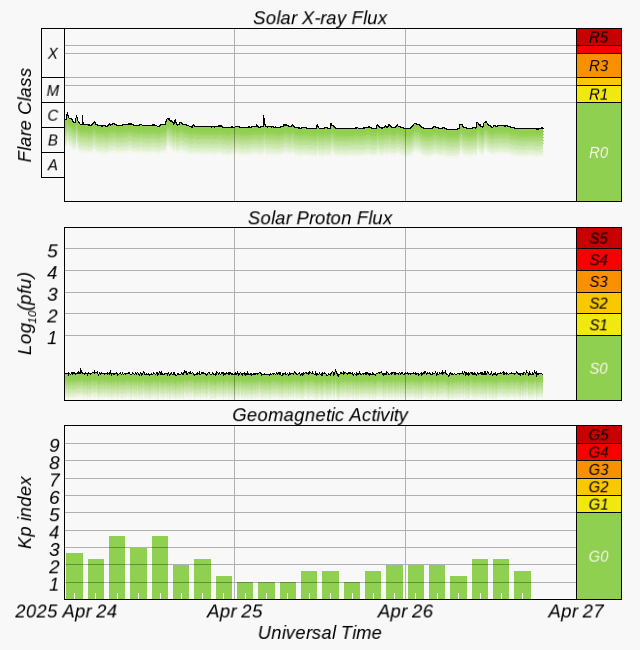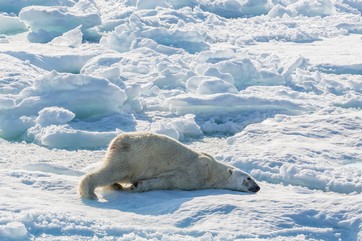
Antarctic sea ice [image credit: BBC]
– – –
CNN’s chief climate correspondent purportedly flew more than 6,000 miles to report on climate change,
says The Blaze.
On Wednesday, CNN correspondent Bill Weir appeared on “CNN This Morning,” reporting from the Tierra de Fuego region of Argentina, the southern tip of South America. In his report, Weir bemoaned the shrinking Antarctic ice cap.
“But while we’re here we got this news out of the National Snow and Ice Center in Colorado that for the second year in a row the South Pole is shrinking. The ice down here is shrinking,” Weir reported. “What is troubling about this is the speed that it has declined. Just to give you some perspective, in the early 2000s, it looked like Antarctica was growing even as the Arctic was shrinking in alarming ways, and scientists weren’t sure why.
“In 2014, the sea ice around Antarctica: 7 million square miles. Now, less than a decade later, it’s under 700,000 square miles – so that’s a 90% drop,” he explained.
Show anchor Don Lemon followed up by asking Weir what, if anything, can be done to slow down the melting.
The answer? According to Weir, humanity must stop spewing carbon into the atmosphere.
“It’s the same answer has been for generations. The faster we can move away from fuels that burn, in the speediest and most equitable way possible, the less horrible this gets,” Weir told Lemon.
“That’s the only way right now. And not only stopping it at the source but pulling carbon out of the sea and sky,” he continued. “Carbon removal is going to be the biggest industry you’ve never heard of as people come to grips with the enormity of this.”
If not burning fuels or putting more carbon into the atmosphere is the anecdote to melting ice caps, Weir did not do his part to help.
Full article here.
– – –
Update, 2nd March 2023:
NetZeroWatch — Antarctic Sea Ice: ‘The beginning of the end!’ – again
Quote: ‘When it’s put into context one sees a different picture.’























